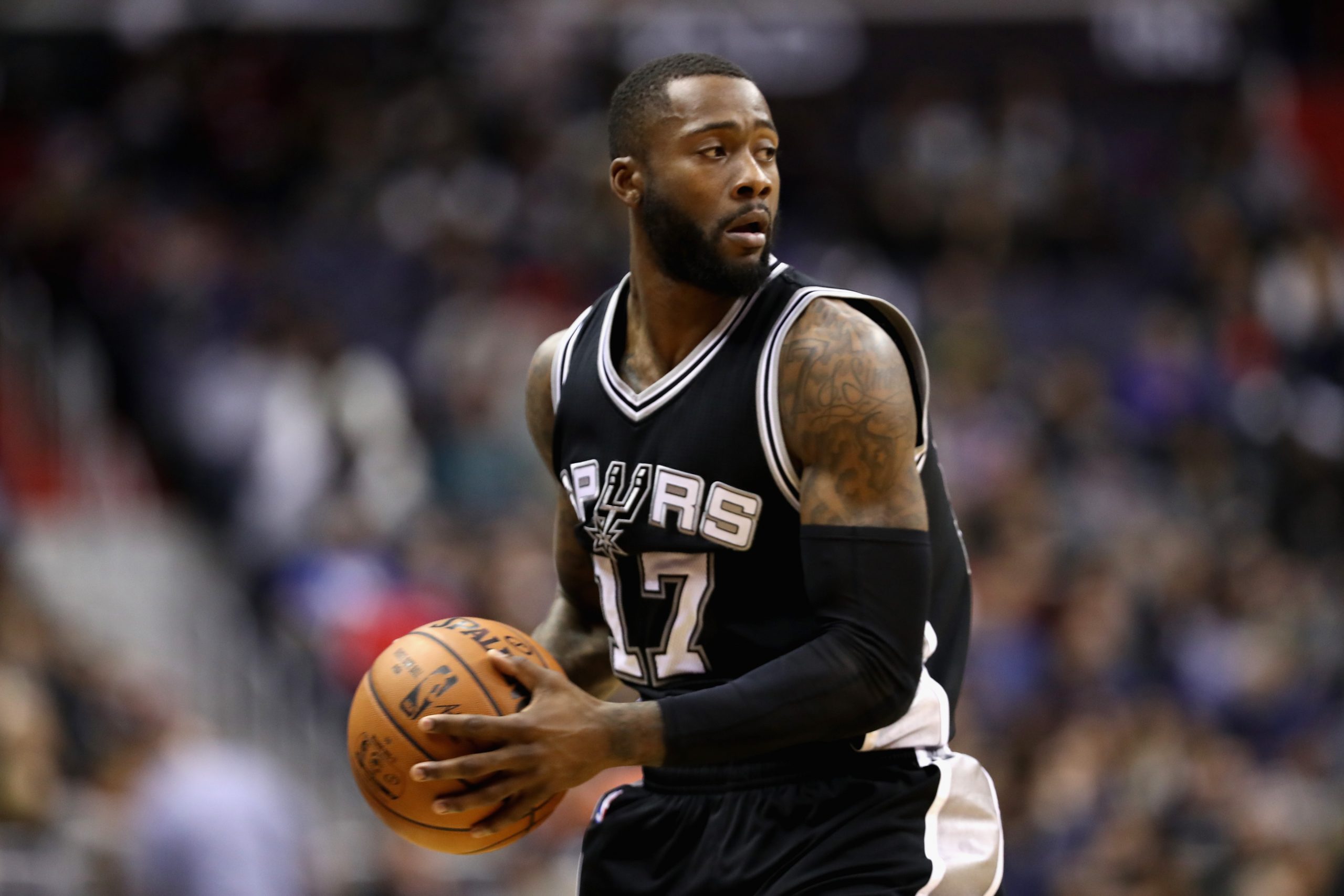As the 2017 All Star weekend has begun to draw near, the NBA has started to trickle out information pertaining to the weekend’s other events. Of note, it was announced Wednesday that Jonathon Simmons would be the first San Antonio Spur to play in the Rising Stars Challenge since Kawhi Leonard in 2013. Simmons’ story is well known to many fans at this point – he paid his way to a D-league tryout, that eventually led to a training camp invite, which led to a roster spot on the Spurs. The story does not end there, however. Simmons has continued to improve during his time with the Spurs and he has become a positive contributor off the bench. He came to the attention of many on opening night this season when he had what may have been the best game of his career against the Golden State Warriors, scoring 20 points and providing several huge energy plays.
Simmons has grown into his role with the Spurs as the backup to Leonard. The Spurs, who have historically been considered one of the least athletic teams in the NBA suddenly have a wealth of athleticism at the small-forward position. Specifically, he brings that athleticism to the second unit, which, as it has been for the past half-decade or so, is one of the best second units in basketball. The lineup of Patty Mills, Manu Ginobili, Simmons, David Lee, and Dewayne Dedmon is incredibly effective. They’ve only played about 65 minutes together, a fairly small sample size, but the Spurs win 85% of their games when playing the lineup mentioned above at any point during a given game. This lineup also outscores their opponents by 34.8 points per 100 possessions and collectively posts a 56.9 effective field goal percentage, which is higher than every team is currently producing. Their rebounding percentage, 56.3%, would also rank first among full teams. A large reason for this lineups success is Simmons’ improvement on the defensive end.
While different sources use different means to calculate an individual player’s offensive and defensive rating, the root theory in the different measurement styles are the same. An individual’s offensive rating is how many points their team scores on average every 100 possessions while they are on the court and their defensive rating is how many points their opponents score on average every 100 possessions they are on the floor. Simmons currently holds the team’s best defensive rating at 96.6 Pp/100. For context, Simmons has improved his defensive rating by 4.8 points from last season while the team’s defensive rating as a whole has slipped by 5.1 points. Simmons is especially effective when defending three-pointers, where opponents are only hitting a meager 27% of their shots with Simmons as the primary defender.
While Simmons does not put up huge scoring numbers (6.3 points per game), he is able to provide for the Spurs in many other ways. It’s hard to quantify the exact effect of a player silencing the opponent’s home crowd after a huge block or bringing his own home crowd more alive with an emphatic dunk, but these are the kinds of plays that Simmons brings on a consistent basis. Both due to his energy and his seemingly perfect fit with the second unit, he has carved out a important role for himself on an elite team, and his solid play throughout the first half of this season has earned him a spot on this year’s Rising Stars Challenge.
Add The Sports Daily to your Google News Feed!
